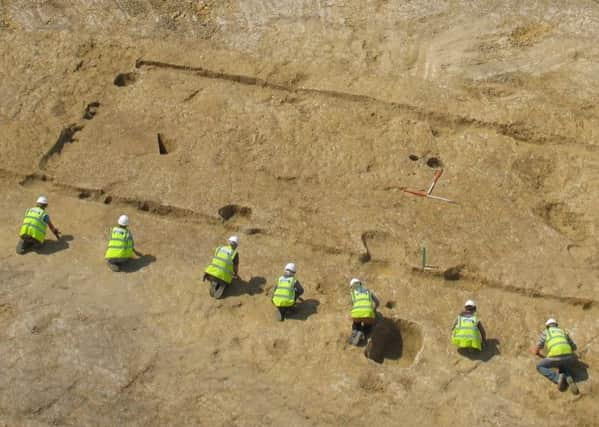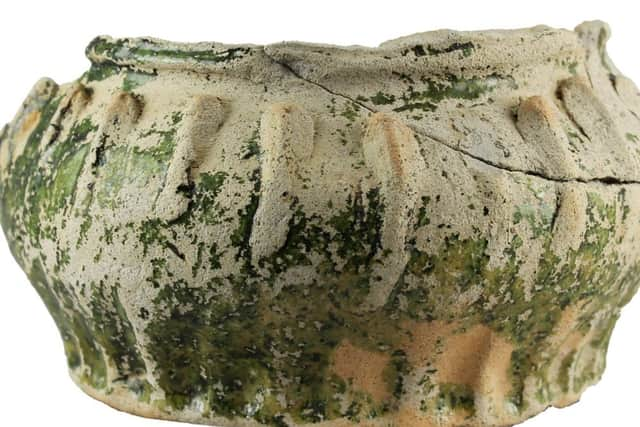Evidence of prehistoric living in the Weald revealed after Broadbridge Heath excavation


This new evidence, found at Countryside Properties’ Wickhurst Green in Broadbridge Heath, sheds further light on the theory that the Weald was not the unpopulated wilderness during prehistoric times that it was previously thought to be.
“The Wickhurst Green archaeological project has greatly increased knowledge of the archaeology and history of Broadbridge Heath and the wider region,” explained Robert Masefield, archaeology director from RPS Planning and Development.
Advertisement
Hide AdAdvertisement
Hide Ad“The findings have given us a better picture of when and how the agricultural landscape of the region evolved and shows us that there was in fact a lot more going on in terms of settlement than we realised in the Weald during prehistoric times, especially the Iron Age,” continued Robert, the archaeological consultant for the project


Archaeologists from Archaeology South-East, part of UCL, investigated the 46-hectare area of land which lies close to the source of the River Arun.
The area forms part of the Weald, which spans much of East and West Sussex, deriving its name from the Old English word for forest.
The area retains its wooded nature to this day, however archaeologists revealed indications that the area was cleared of woodland and used for agricultural purposes much earlier than had been previously thought.
Advertisement
Hide AdAdvertisement
Hide AdAndrew Carrington, strategic land director at Countryside Properties added: “We are pleased that the work undertaken here furthers the understanding of history during these periods of early human presence in this region.
“The artefacts uncovered are currently being analysed and a full assessment report will be published next year. The findings will then be entrusted to Horsham Museum, where they will be viewable on request.”
The earliest evidence of human activity uncovered by the archaeologists was from the hunter-gatherers of the Mesolithic period, in the form of flint used for arrows and blades for hunting.
They also discovered what is possibly the earliest Neolithic structure of its type in Sussex – a small square enclosure perhaps relating to the funeral rites and laying out the dead before burial.
Advertisement
Hide AdAdvertisement
Hide AdIf indeed this structure was Neolithic, it would be unique within this region, indicating settlement in the area earlier than previously believed.
The excavations unearthed some Bronze Age artefacts including an axe, however it was during the Iron Age when the area became a much more established settlement.
Extensive evidence from the period was uncovered, including several ‘roundhouses’, which was the main house type of the period, as well as many pieces of pottery from this era and evidence of burial practices.
During the Roman period, South East England was occupied extensively and the Weald provided an important mineral resource that was exploited by the Romans.
Advertisement
Hide AdAdvertisement
Hide AdHowever archaeological evidence shows there were more Roman settlements in the Weald than previously thought. After the Roman period, there is little evidence of Anglo-Saxon settlement on the site, despite Wickhurst Lane deriving its name from Old English and during the Medieval period, Broadbridge Heath remained largely farmland belonging to the manor of Broadbridge. At least two areas of medieval settlement including the foundations of several rectangular ‘hall like’ buildings were also discovered.
The archaeological project at Wickhurst Green took place before Countryside Properties commenced construction at this exciting new development. Offering the best of countryside living yet ideally suited to meet the needs of contemporary living, Wickhurst Green has been designed to create a traditional style village with a wide range of imaginatively designed new homes. Alongside these, various new amenities and facilities are planned, including a new primary school, a village centre, and recreation and sports facilities.
For further information on Wickhust Green and new homes for sale visit www.wickhurstgreen.com